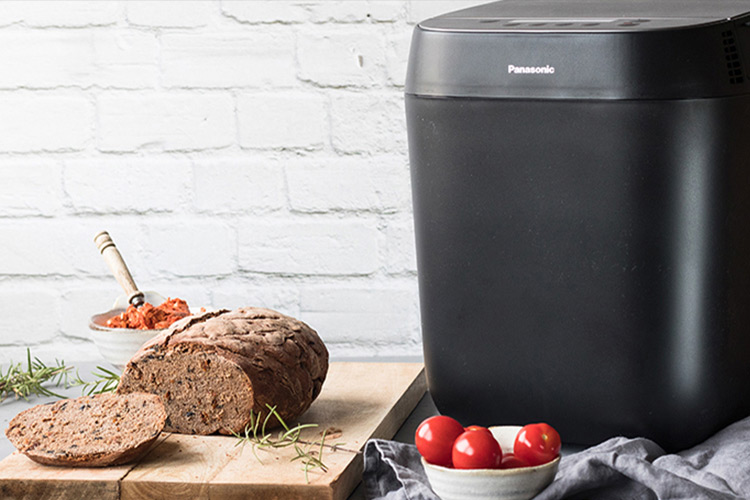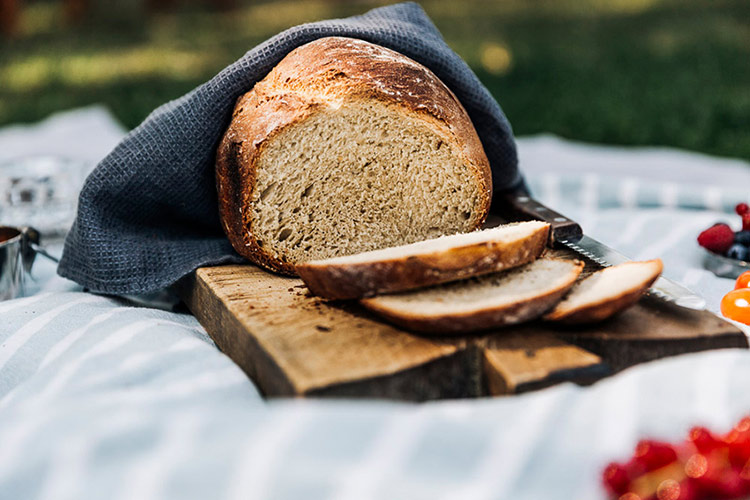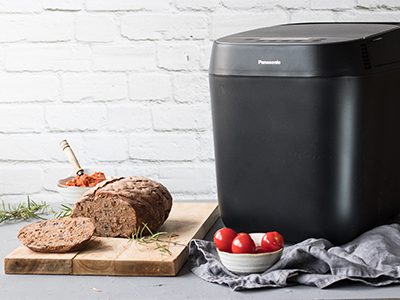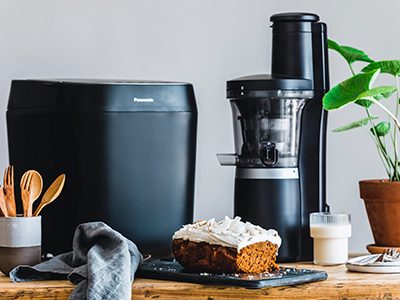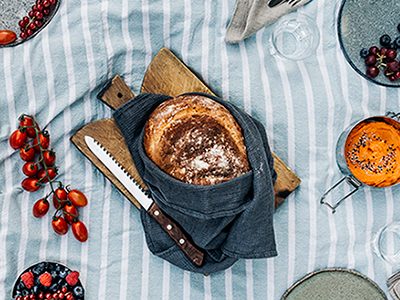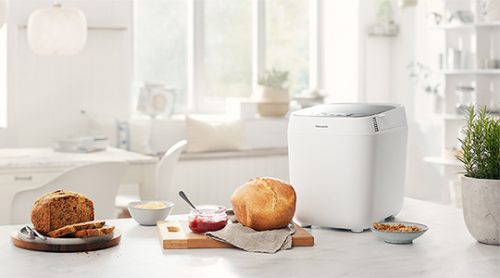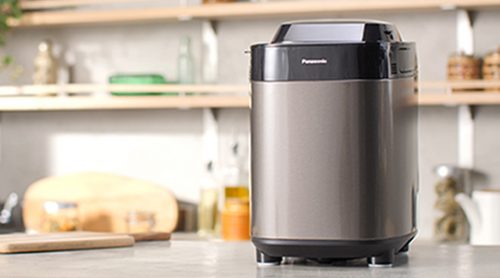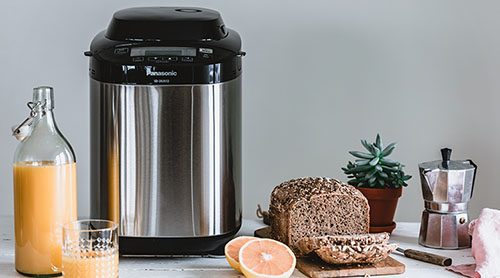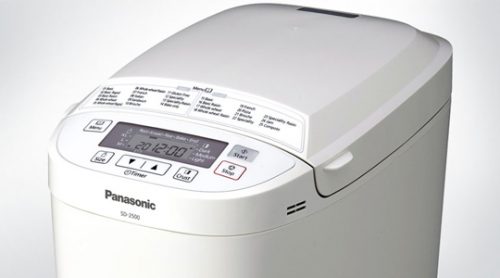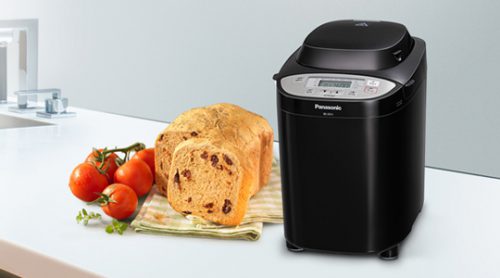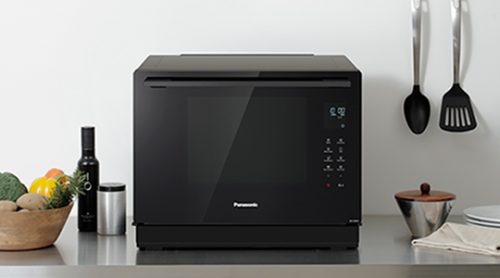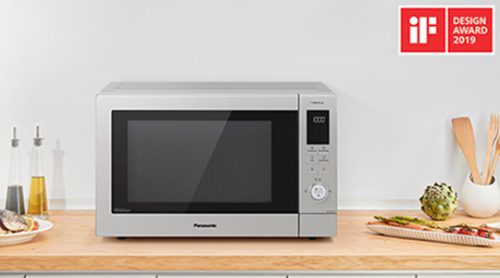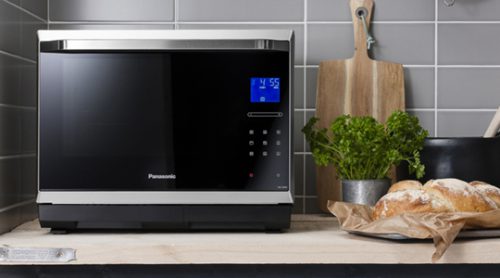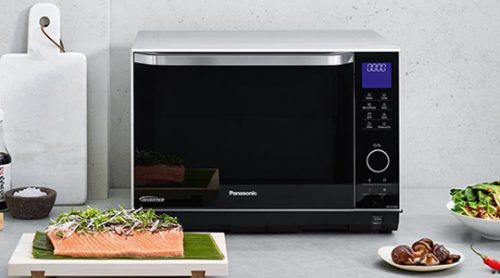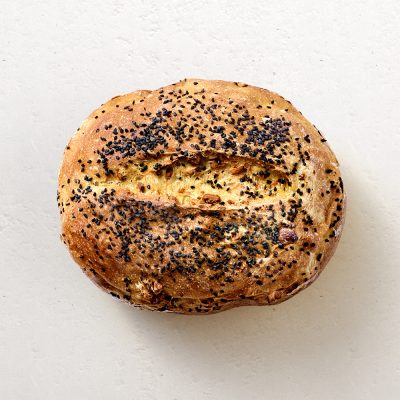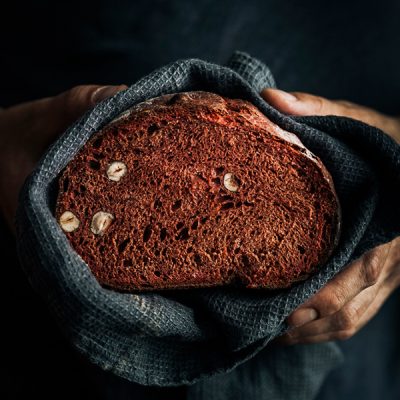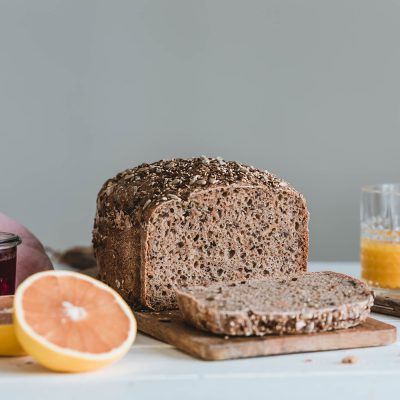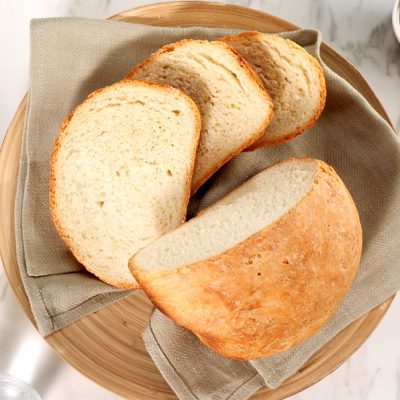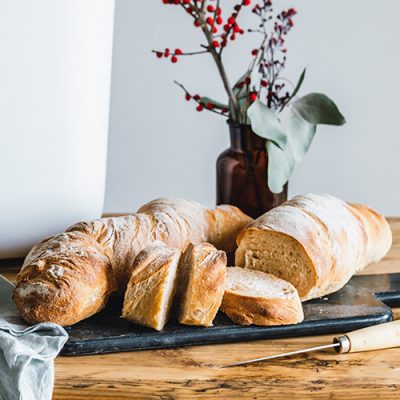Flour – a fine powder made from grinding crops such as wheat, maize, rye, barley, or rice – is one of the most commonly used ingredients in cooking, forming the bases of countless recipes across virtually all cuisines.
Most countries have different naming conventions for various types of flour; if you’re reading a recipe from a different country, this can make figuring out which type of flour the recipe is referring to quite confusing.
To help you compare naming conventions for flour types in different countries and find the right type of flour for your recipes, we created the simple table below.
| U. K | U. S | Germany | France | Italy | Austria | Switzerland | Spain | |
|---|---|---|---|---|---|---|---|---|
| Wheat | Soft / Patent | Pastry | Weizen 405 | 45 | 00 | W480 / Glatt | Spezial | 45 |
| Plain / White / Strong Wheat Flour | All-purpose | Weizen 550 | 55 | 0 | W480 / Griffig / Doppelgriffig | Weiß | 55 | |
| Hard / Lightbrown | High-gluten / Bread | Weizen 812 | 80 | 1 | W700 | Halbweiß | 80 | |
| Very hard / Brown | First clear | Weizen 1050 | 110 | 2 | W1600 | Ruch | 110 | |
| Wholemeal | Whole wheat | Weizenvollkorn 1600 | 150 | Integrale | W1800 | Vollkorn | Integrale 150 | |
| – | Wheat meal | Weizenschrot | Farine de blé | Farina di grano | Weizenschrot | – | – | |
| Rye | – | White rye | Roggen 815 | 70 | Segale a luce bianca | – | 720 | 70 |
| – | Light rye | Roggen 997 | 85 | 0 | R960 | – | – | |
| Rye | Rye | Roggen 1150 | 130 | 1 | – | 1100 | – | |
| – | Medium rye | Roggen 1370 | 130 / 170 | – | – | – | – | |
| – | Dark rye | Roggen 1740 | 170 | – | R2500 | – | – | |
| – | Pumpernickel | Roggenvollkorn | – | Integrale | Roggenvollkorn | 1900 | – | |
| – | Cracked rye | Roggenschrot | – | Segale incrinata | – | – | – | |
| Spelt | – | White spelt | Dinkel 630 | Farine d’épeautre | Bianca | D700 | Weiß | Harina de espelta |
| – | – | Dinkel 812 | – | – | – | – | – | |
| – | – | Dinkel 1050 | – | – | D1500 | Ruch | – | |
| Wholegrain Spelt | Whole spelt | Dinkelvollkorn | – | Integrale | – | Vollkorn | – | |
| – | Spelled meal | Dinkelschrot | – | – | – | – | – | |
| Semolina | – | Soft wheat semolina | Weichweizengrieß | – | Farina di semola | Weichweizengrieß | Weizengriess | – |
| – | Hard wheat semolina | Hartweizengrieß | – | Semola di grano duro | Hartweizengrieß | Hartweizengriess | – |
British and U.S flour naming conventions
The British and U.S systems have no standardised flour type classification; however, it’s useful to know that they consider flours lower in gluten to be “softer” flour types and those with more gluten “harder” flour type.
Depending on what you intend to cook, this can be important to bear in mind; for e.g. plain / white flour (U.K) / all-purpose flour (U.S) contains about 75% of the wheat grain, with most of the bran and wheat germ taken out. This type of flour is most commonly used for cakes, pastries and biscuits. Harder flour alternatives would be better suited to baking products such as bread.
German flour naming conventions
Many European countries have adopted numbering systems to classify flour types; these numbers are based on flour purity and particle size-based laboratory testing, which could include sieving, protein, or ash content.
The German grading scale focuses on the ‘ash content’ – which doesn’t sound all that appealing, but actually refers to the mineral content of the flour. A 405 flour will leave behind less ash / grain bits than a 1050 flour for example; the higher the flour number, the more of the whole grain is left behind. The numbers are the percentage of ash content per 100g burnt. It’s important to keep this in mind so that you use the best flour type depending on what you’re cooking or baking; for e.g if you’re baking bread, you want to use a strong wheat flour, such as type 550.
Swiss flour naming conventions
Switzerland uses the same grading system as Germany to classify their flour types.
Austrian flour naming conventions
Austria has an additional level of separation in its flour naming conventions. In addition to the type classification based on ash content, there is also a division according to grain size into smooth, universal, non-slip (like haze) and double-handed (like semolina).
Italian flour naming conventions
Italian flours are graded based on measuring the ash content of the flour (just as for German and other countries flour type classifications.) Whilst German grading is based on the percentage of ash content per 100g burnt (i.e. 405 flour would be 0.405%), the Italian grading system uses ranges / cut off point classifications. Type 00 will have less than .5% ash, type 0 will have .51 to .65% ash, type 1 will have .66 to .8% ash and type 2 will have .81 to .95% ash. Another note worth mentioning is that “integrale” classifications will have 1.4 to 1.6% ash.
French flour naming conventions
French flour type numbers indicate the ash content (in milligrams) per 10 g flour. Type 45 flour, for example, would contain 0.45% mineral content. The higher the number, the more of the whole grain it contains.
Spanish flour naming conventions
Spain uses a very similar grading system as France to classify their flour types.
Allergies
Are you gluten intolerant or wheat intolerant?
If you suffer from either of these dietary problems, flour choices are especially important. Gluten free flours are readily available in most supermarkets and health store outlets.
There are several options for flour choices, such as:
- Rice flour
- Tapioca flour
- Corn flour/corn starch
- Maize flour
- Polenta
- Potato flour
- Buckwheat
- Oat flour
- Groundnut flour
- Coconut flour
- Teff Flour
- Almond Flour
- Sorghum flour
Not all options are suitable for every type of cooking/baking. It is somewhat of a ‘try and see’ – so experiment!
We have a large variety of gluten-free bread and cake recipes available for you to try.
- Gluten-Free Mediterranean Bread
- Gluten-free Protein Bread with Goji Berries
- Gluten-Free Rice Flour & Buckwheat Bread
- Gluten-Free Baguettes
- Sesame Bread (Gluten-Free)
- Gluten-Free Banana Cake
- Gluten Free Chocolate Cake
For tips on how to bake gluten-free bread with a breadmaker click here.
Flours made from ancient grains
Ancient grains have risen in popularity over the last few years, due to the methods used to produce them (less processing). Not all ancient grains can be found as flour, and whilst they are readily available in the UK and the US, they are a little harder to find in Europe. Most common flours have had a great deal of nutrients ‘stripped’ from them, so consequently, ancient grains have become popular with health-conscious people.
Examples of such ancient grain flours are:
- Sorghum
- Kamut
- Einkorn
- Teff
- Spelt
- Emmer
- Quinoa
- Amaranth
- Miracolo (a speciality from Parma, Italy)
Trying new flours can be a great experience for the keen baker, whether you use a bread maker or an oven. If you’re looking for inspiration, discover our delicious recipes below.
Bread Recipes
- Potato bread with rosemary
- Multigrain Bread
- Turmeric-Cashew Bread
- Red spelt flour bread with hazelnuts
- Focaccia
- Carrot Sourdough Bread with Seeds
- Spelt sourdough loaf
- Polenta bread with olives and sundried tomatoes
- Quinoa Bread
- Crusty Bread with Curry & Apricot
- Panettone-Style Bread
- Dark German-Style Rye Bread
- Hard Crust White Bread
- Rye-Wheat Bread with walnuts and rosemary
- Sourdough Onion Bread with Pumpkin
- Matcha Bread with Orange
- Cheesy Garlic Hard-Crust Loaf
- Pain de Campagne – French-style bread
- Cocoa and Tangerine Bread
- White Bread with Banana and Chocolate

